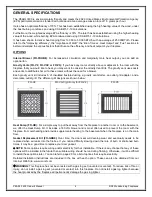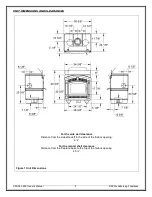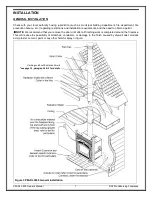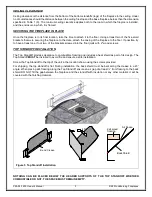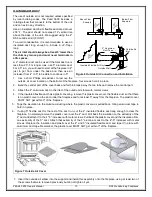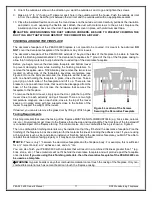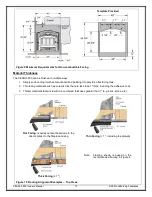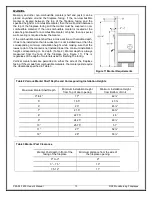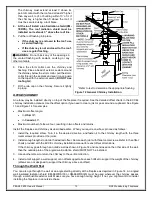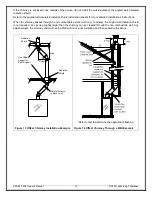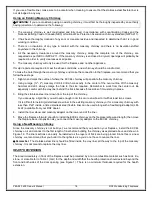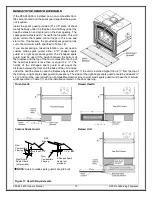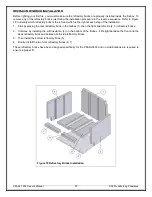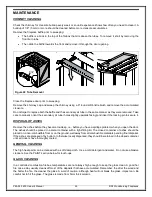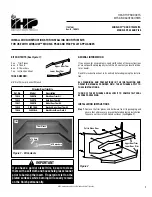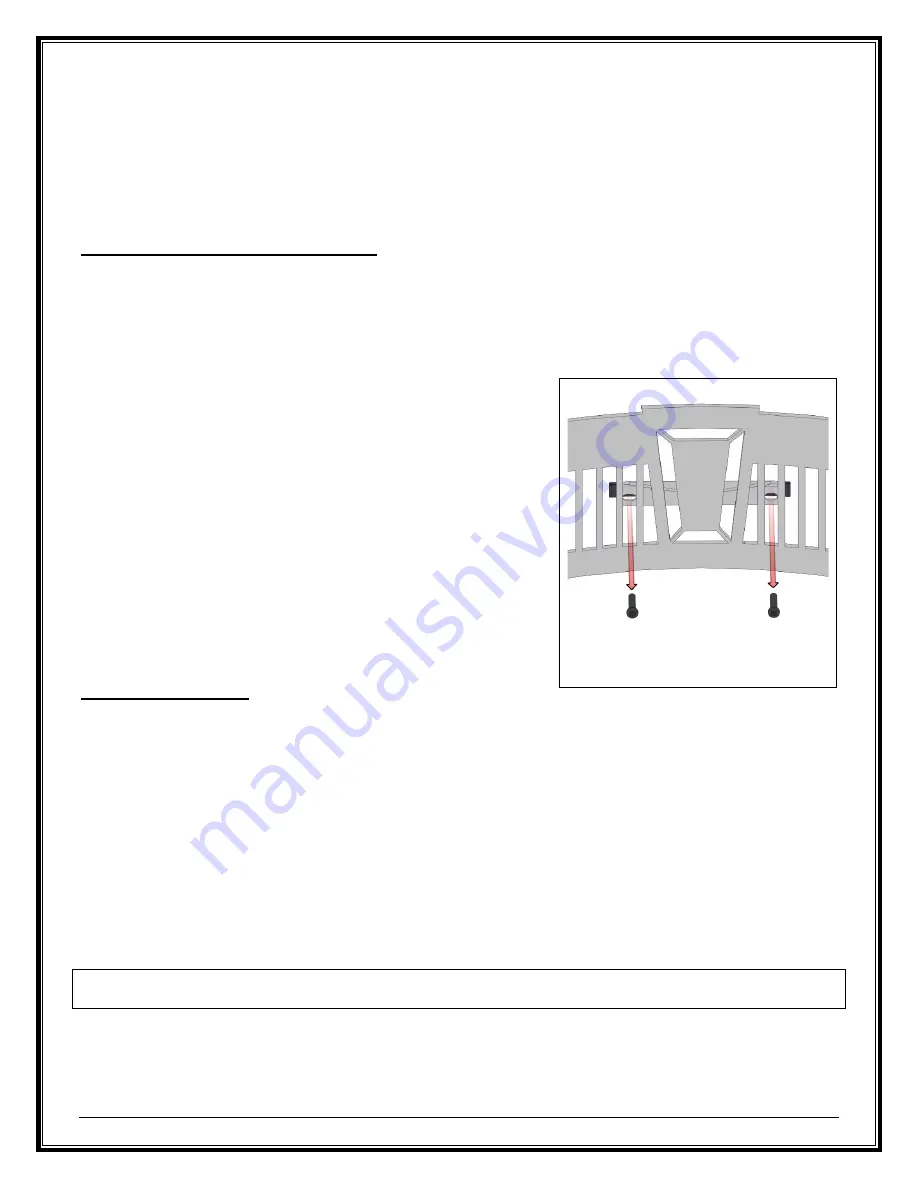
PEARL 3600 Owner's Manual
11
RSF Woodburning Fireplaces
8. Orient the outside air elbow in the direction you want the outside air duct to go and tighten the screws.
9. Make a 4 ¼" (5 ¼" if using a 5" diameter duct) hole in the outside wall of the house. Push the outside air inlet
in from the outside. Seal the joint between the air inlet and the outside wall with an appropriate sealant.
10. Place the insulated flexible duct over the round sleeve on the outside air inlet. Carefully pull back the insulation
and plastic cover, exposing the flexible duct. Attach the duct with metal screws to the air inlet. Replace the
insulation and cover back over the duct. Tape the plastic cover in place with aluminium duct tape.
CAUTION: WHEN RUNNING THE DUCT AROUND CORNERS, BE SURE TO PREVENT CRIMPING THE
DUCT IN A WAY THAT WOULD RESTRICT THE COMBUSTION AIRFLOW.
FINISHING AROUND THE FIREPLACE
The decorative faceplate of the PEARL3600 fireplace is not meant to be covered, it is meant to be admired.
DO
NOT
cover the decorative faceplate of the fireplace or any of its louvers.
The decorative faceplate of the PEARL3600 extends ½" beyond the sides of the fireplace to be able to hide the
edge of the finishing material behind it. The decorative faceplate sits 1" proud of the top of the fireplace casing to
allow thin finishing materials to slip behind the rounded top of the decorative faceplate.
Before you begin, remove the decorative faceplate and bottom louver
to prevent damaging them while installing the finishing materials. To
remove the faceplate, use a 5/32 Allen key and remove the two screws
located on either side of the faceplate’s keystone centerpiece (see
Figure 8) Once the bolts are removed, the faceplate will be loose, so
with one hand holding the faceplate in place, close the door. Take a
good grip on both side of the faceplate and lift it up. There are two
brackets, one on each lower side, that need to be disengaged from the
base of the fireplace. Do not lose the hardware that secures the
faceplate to the fireplace.
To remove the bottom louver, simply open the door, grab the top of the
louver close to each extremity and pull forward. There are two high
temperature magnets, one on each side, close to the top of the louver
keeping it in place along with two supports close to the bottom of the
louver to support the weight of the louver.
If desired, you can also remove the glass door by lifting it off its hinges
Facing Requirements
Finishing materials that cover the facing of the fireplace MUST BE NON-COMBUSTIBLE (e.g. brick, slate, ceramic
tile, etc.). Drywall cannot get closer to the fireplace than the side and top standoffs. The front face of the top standoff
is considered part of the fireplace facing. The minimum size of a non-combustible facing is shown in Figure 9.
The non-combustible finishing materials may be installed so that they fit behind the decorative faceplate. Plan the
finishing of the fireplace in advance and plan for the material thickness including the adhesive coat. If you are using
a thin material (such as tile) and plan to install your finishing behind the decorative faceplate, you MUST be able to
reinstall the decorative facing properly or it may become a safety hazard.
NOTE:
There is only 1” between the decorative faceplate and the fireplace body. For example, this is sufficient
for a ½” cement board, a
⅛”
adhesive coat, and a
⅜
” tile.
You can also finish your PEARL3600 with materials that will result in a combined thickness greater than 1" (e.g.
brick, stone, etc.). These materials will not fit behind the decorative faceplate and will protrude past the faceplate
once installed.
If you are using thick finishing materials, then the decorative faceplate of the PEARL3600 can
be used as a template.
WARNING
Gypsum boards or any other combustible material cannot touch the casing of the fireplace. Only non-
combustible material such as cement board can touch the fireplace casing.
Figure 8 Location of the Screws
Securing the Decorative Faceplate




